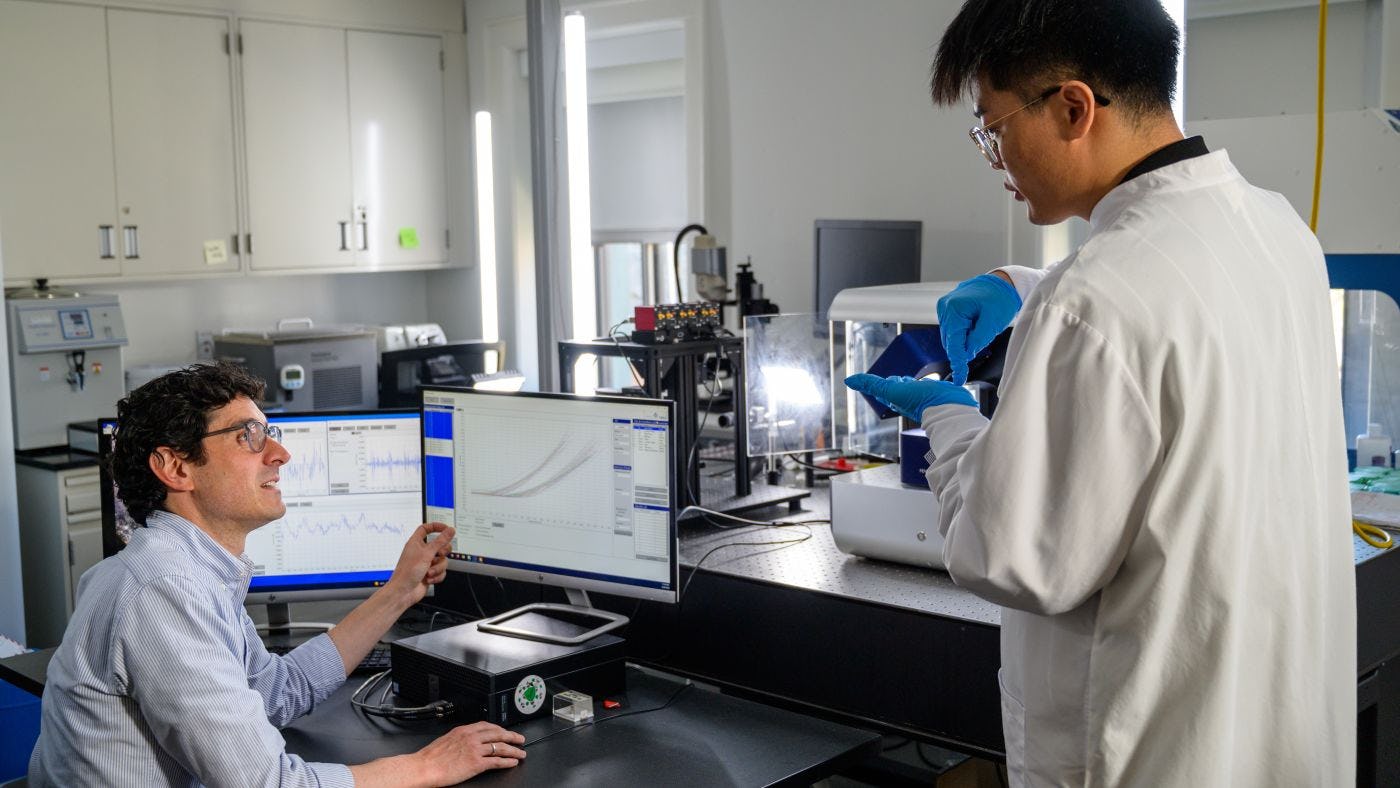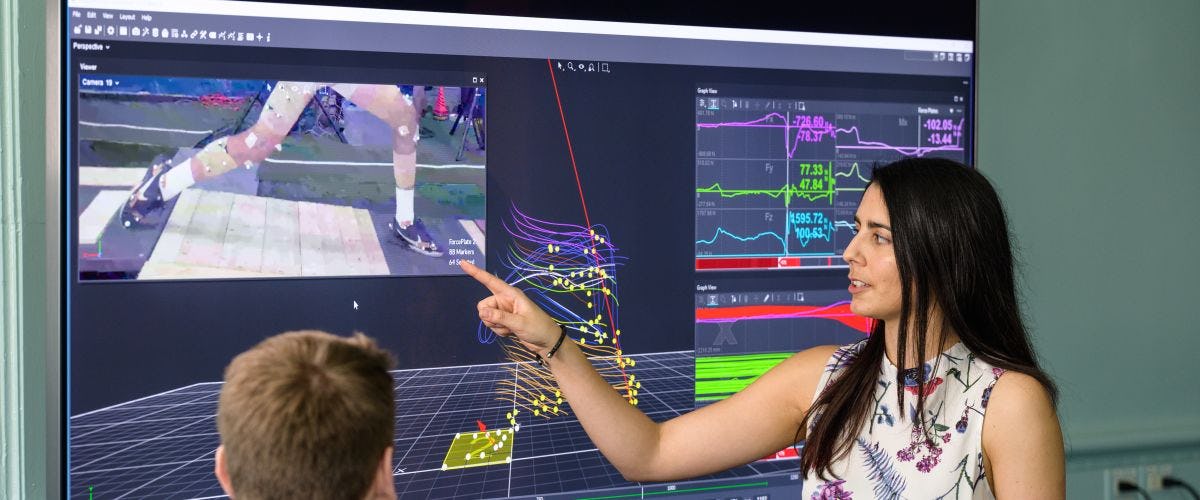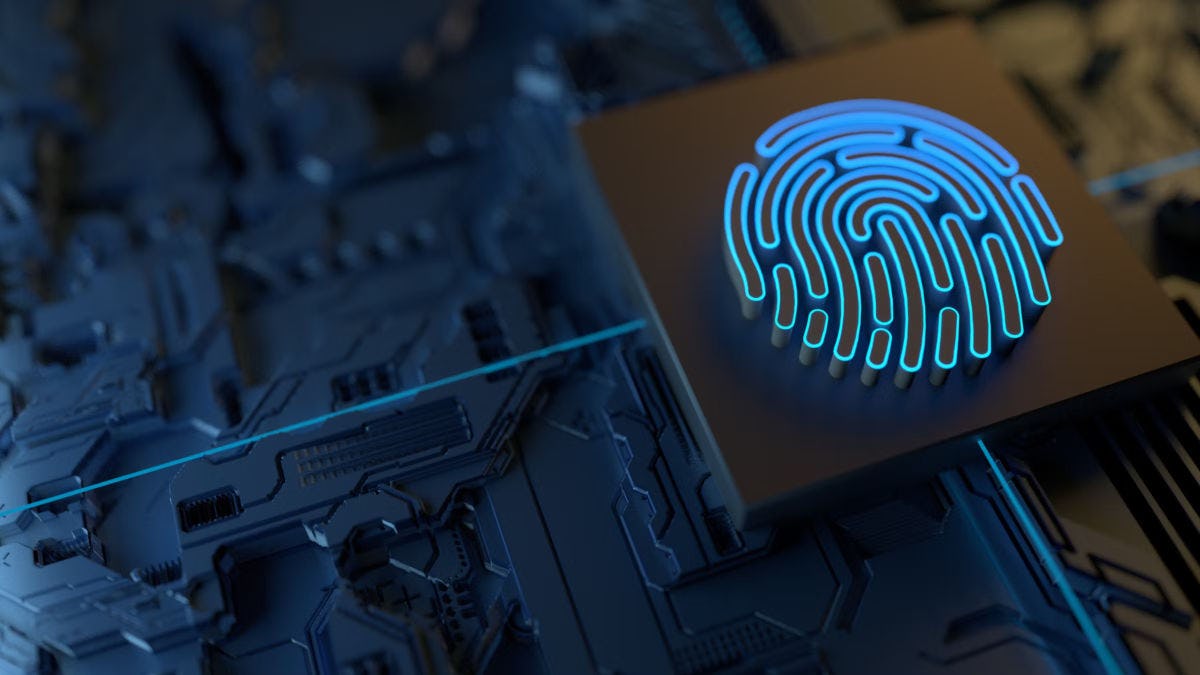Research Centers & Labs

The Stevens research community maintains two National Center of Excellences as well as additional leading-edge centers and laboratories.
Our National Centers of Excellence
Stevens houses two National Center of Excellence — advanced research facilities selected by the U.S. government to lead national research, development and education efforts to address crucial global needs. Through these centers, Stevens' world-class faculty, as well as undergraduate and graduate researchers, collaborate with interdisciplinary academic and industry partners to inform and transform homeland security and national defense through the disciplines of cybersecurity and systems engineering.
Systems Engineering Research Center (SERC)
The Systems Engineering Research Center (SERC) is a network of 24 universities sponsored by the Office of the Under Secretary of Defense for Research and Engineering (OUSD(R&E)) and other entities in the Department of Defense to develop actionable solutions to complex challenges facing national security.
Today, technologies are enabling new engineering and acquisition methods and tools to deliver capabilities faster and at scale. While taking on sponsored research tasks, the SERC network innovates these new methods and tools at the forefront of digital technologies. The goal is to provide DoD sponsors with insights for implementing and improving efficient programs and projects that enhance warfighting capabilities.
CASSIA
In 2022, Stevens' Center for the Advancement of Secure Systems and Information Assurance (CASSIA) was redesignated a National Center of Academic Excellence in Cyber Defense. CASSIA serves as a nexus for Stevens' cybersecurity research and education, fostering collaboration and catalyzing novel research, education and entrepreneurship in information assurance and cybersecurity through the effective leveraging of private-public partnerships.
Additional Research Centers & Labs at Stevens

Core Research Areas
The university has chosen to exert particular energy and focus on 11 specific strategic areas that will be critical to national and global planning, governance and infrastructure — as well as our safety, security and well-being — in the future.

